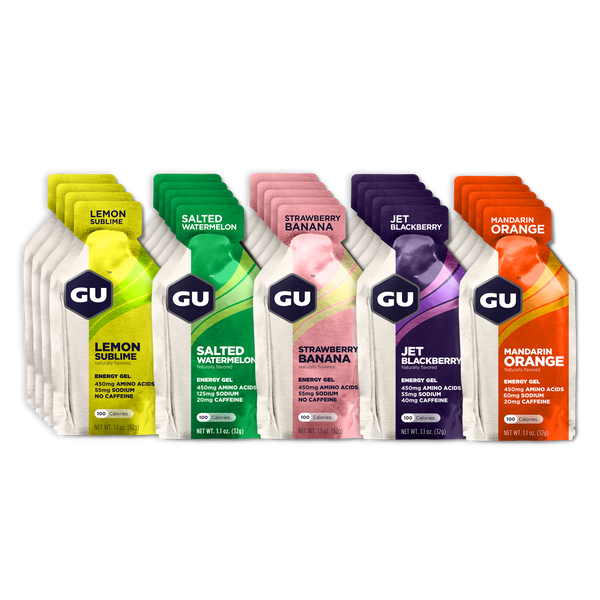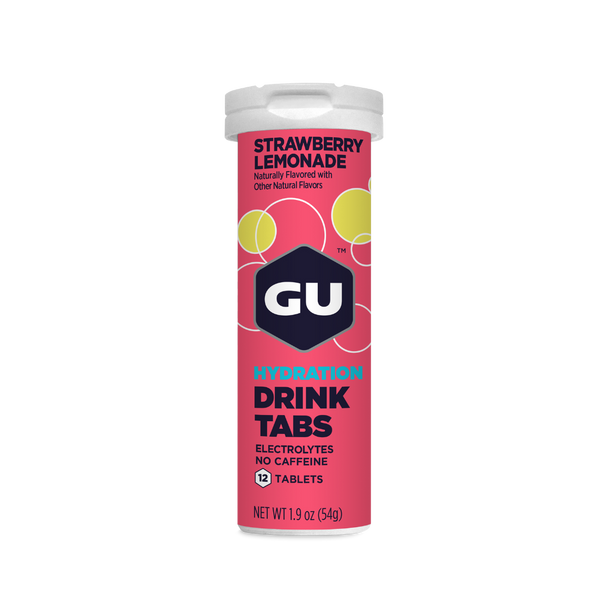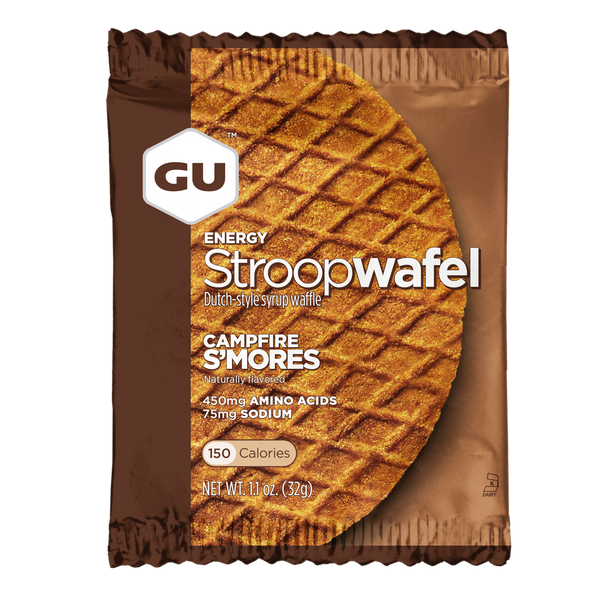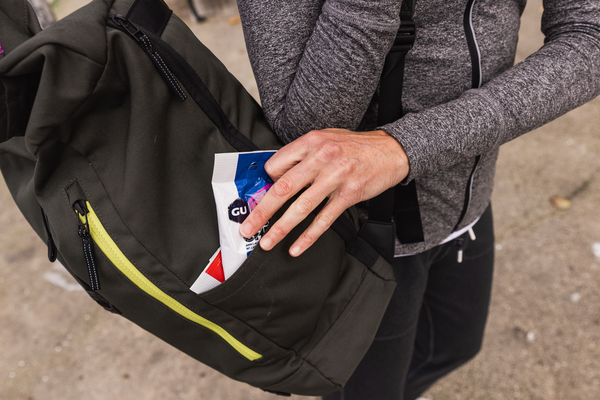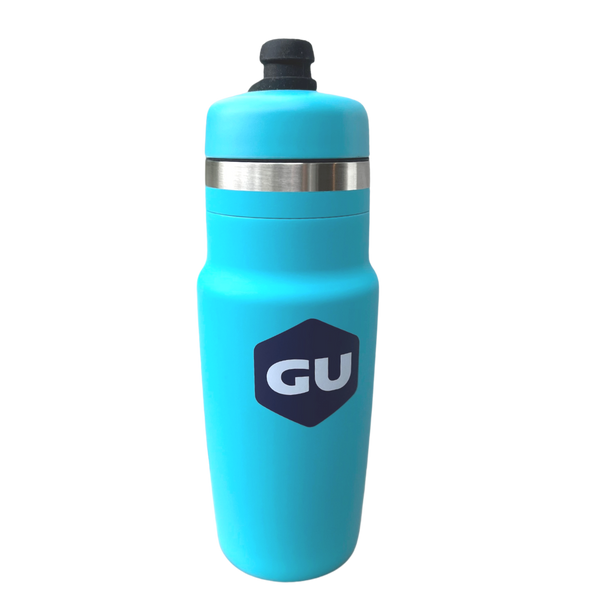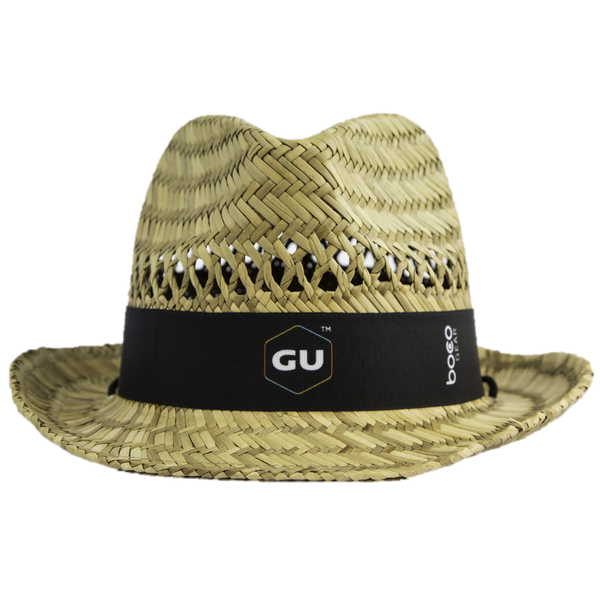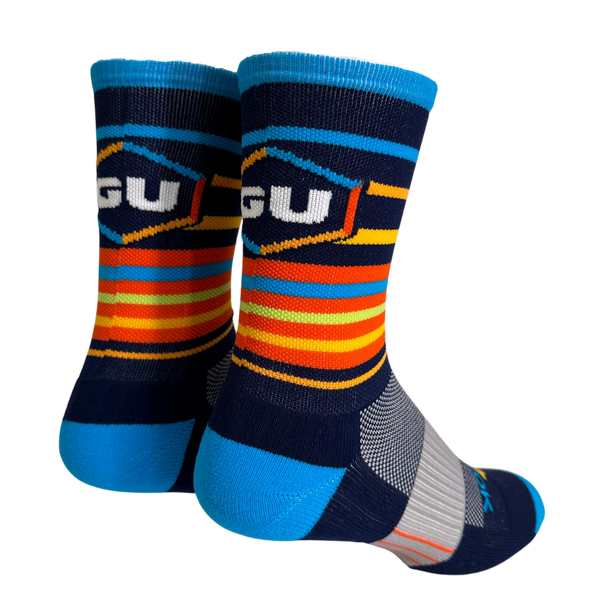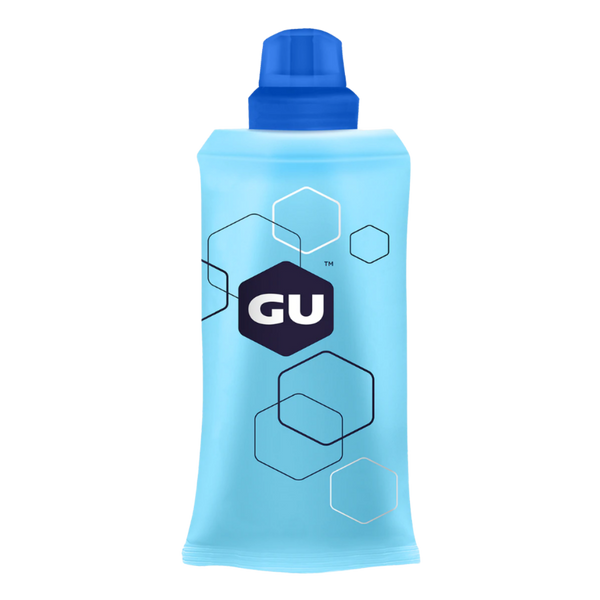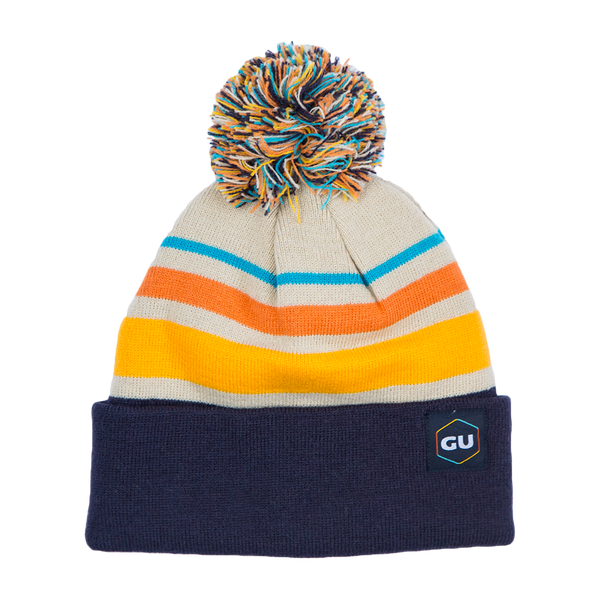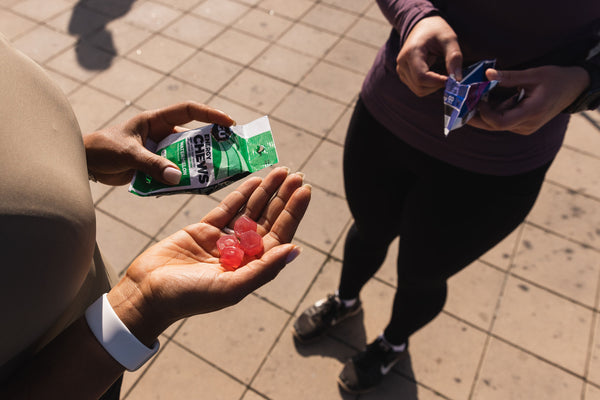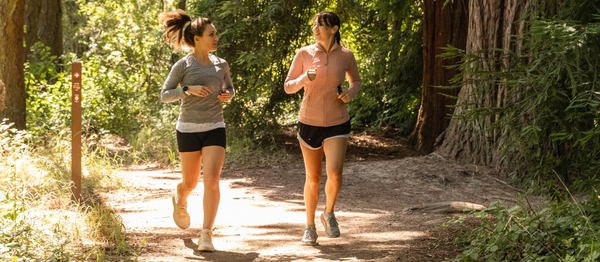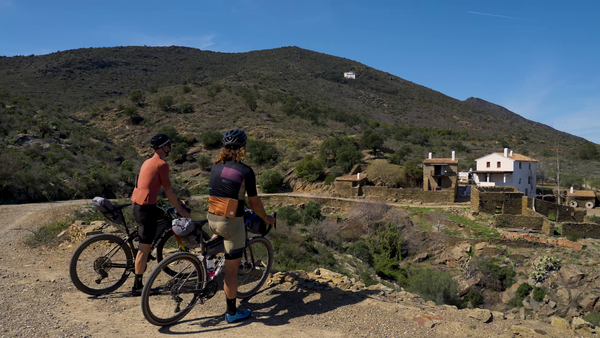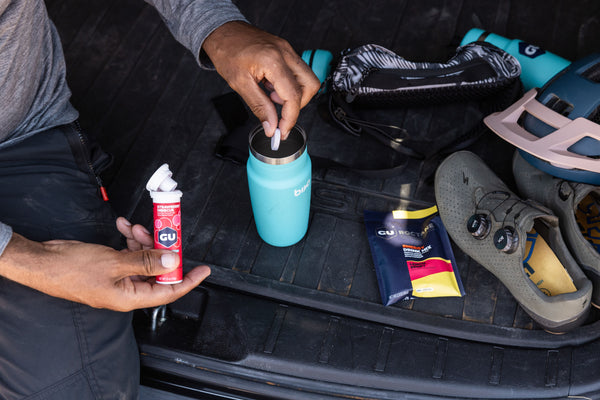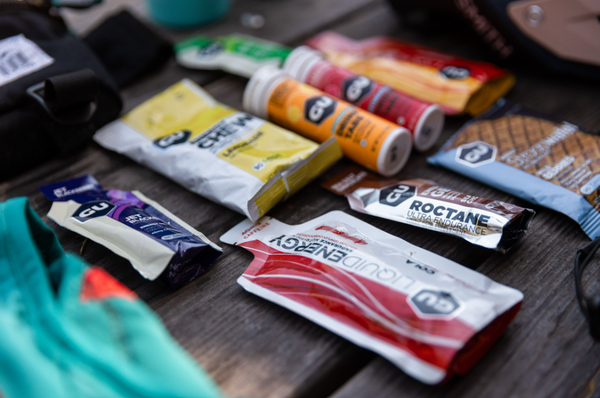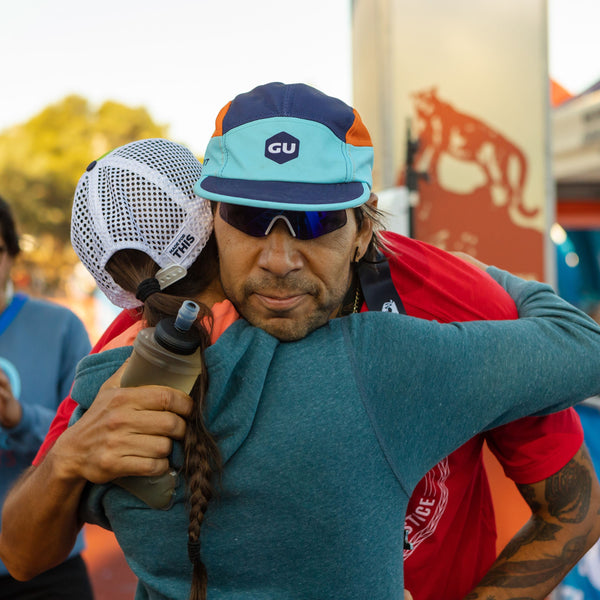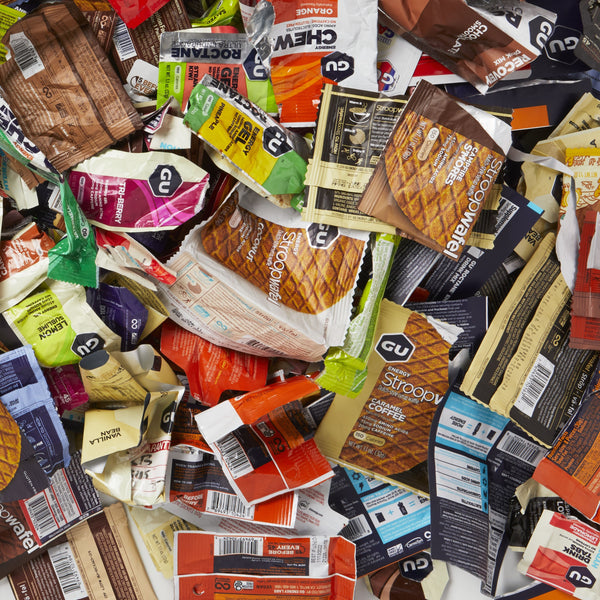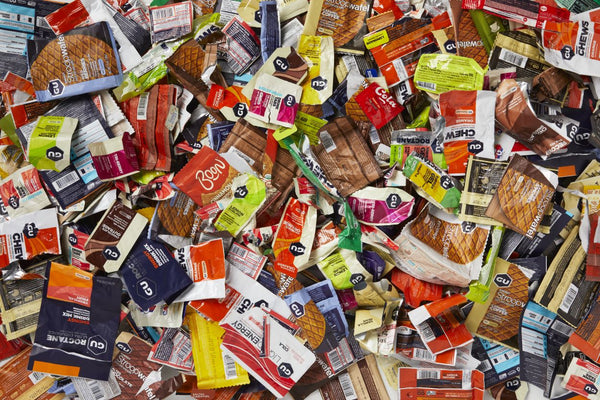Some manufacturers claim simple sugars have no place in a product designed for exercise performance. While many claims are included, the important one to address is that a drink made of simple sugars alone cannot provide enough calories while maintaining osmolarity to fuel endurance exercise. We at GU agree that a product solely based on simple sugars is not ideal. But we also know that simple sugars, like fructose, have an important place in carbohydrate replacement during exercise. That is why GU Brew, GU Energy Gel, Roctane, and Chomps are all made of a mix of maltodextrin and fructose. Generalizing that all simple sugars are evil is misleading.
The Science of Glucose
Glucose (maltodextrin) and galactose are transported from the gut to the blood by a protein transporter. This transporter is the Na+/glucose co-transporter 1 or SGLT1 (Shirazi-Beechey, 1990) and like all transport proteins, can become saturated at high concentrations of glucose, becoming a bottleneck for energy absorption.
There is a limit to how much and how fast glucose can be absorbed, and therefore utilized by working muscles using only one type of carbohydrate transporter.
The Science of Fructose
Fructose, a simple sugar, is transported using a totally different transporter called GLUT5 (Davidson, 1992). The benefit here is that now you can add a simple sugar to a drink containing maltodextrin (glucose), and not be limited by only one carbohydrate transporter. Using more than one carbohydrate transporter allows a greater rate of carbohydrate uptake compared to only one type of carbohydrate at a time. Studies have been done adding fructose to a maltodextrin drink, and found the addition of fructose increased total carbohydrate transport and, ultimately oxidation (Jentjiens, 2004, Wallis, 2005). Peak rates of carbohydrate oxidation using maltodextrin alone were approximately 1.1 g/min, which increased to 1.5 g/min with the addition of fructose (Wallis, 2005). More carbohydrate oxidation using fructose + maltodextrin (36% in this case) means better sparing of glycogen stores. It also allows an athlete to exercise at a higher percent of VO2max once those precious glycogen stores have been depleted and they are reliant on exogenous carbohydrate (Smith, 2010).
Varying the types of sugar (and thus carbohydrate transporters) improves the rate at which the carbohydrates are used by working muscles.
Simple sugars have also been shown to increase the content of SGLT1 receptors in the gut (Shirazi-Beechey, 1996). Therefore, by eating high carbohydrate diets and simple sugars, you can actually train your body to digest and process more carbohydrate energy (Ferraris and Diamond, 1989, Moran 2010).
More transporters mean less chances of a bad stomach on race day, and the ability to absorb and utilize more carbohydrates during exercise.
Summary
Fructose and simple sugars do not limit the amount of energy that can be digested and used for energy – the opposite is true. The addition of fructose to maltodextrin allows the athlete to tap into multiple carbohydrate transport proteins, increasing the rate of carbohydrate transport by the gut, promoting increased carbohydrate oxidation compared to maltodextrin alone. Therefore, despite claims to the contrary, simple sugars such as fructose play an important role in carbohydrate supplementation for endurance athletes.





